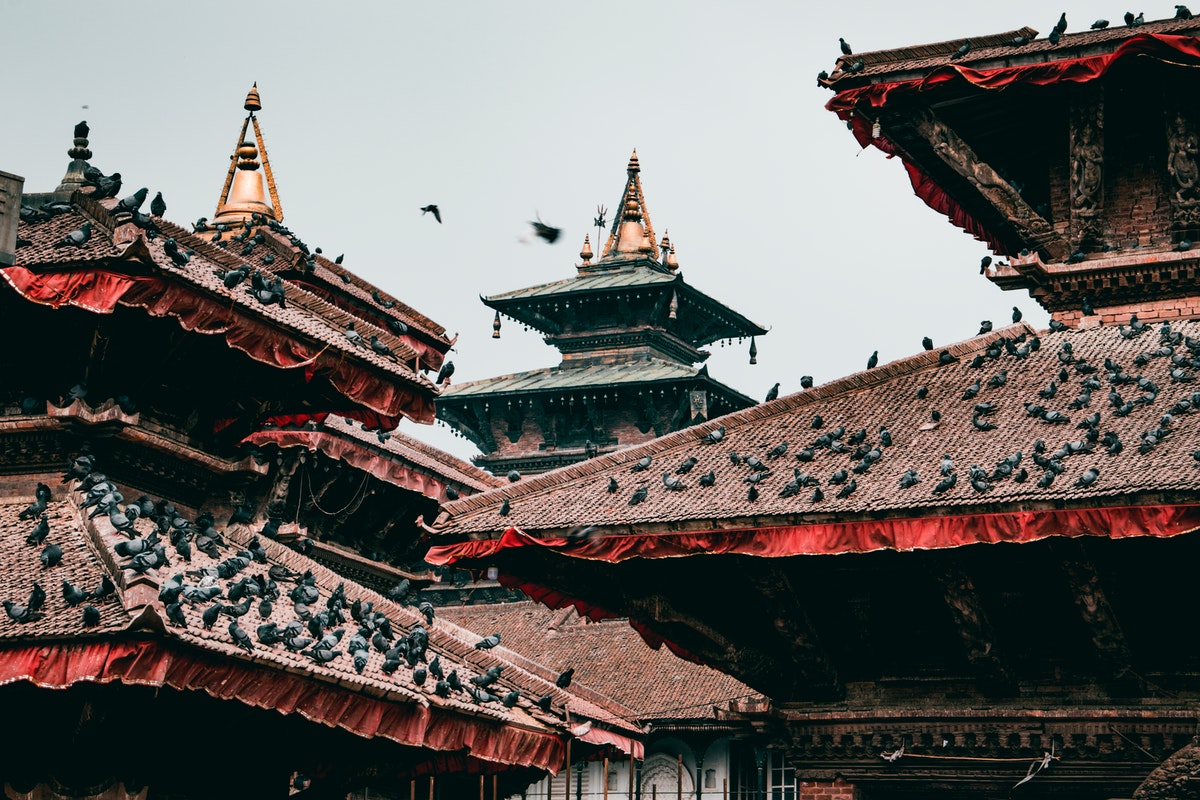Why You Should Be Planning A Trip To Kathmandu
If you ask me to describe Kathmandu before you start planning a trip to Kathmandu.There aren't enough words to exactly [...]
I f you ask me to describe Kathmandu before you start planning a trip to Kathmandu.There aren't enough words to exactly explain Kathmandu.
Wild, ancient, soulful, spontaneous, intriguing, and energetic are all words that spring to mind when thinking about Kathmandu, but they don't really explain Kathmandu; Kathmandu is Kathmandu. It is unlike any other place on the globe.
The Amalgamation of History and Future
Initially named as Kantipur, it served as the key commerce corridor connecting India and Tibet and now evolved into the modern-day city.
The incessant pestering of street salesmen, the horns of moving vehicles, fumes, garbage, with the continuous swarm of people may be difficult to handle in a town that has roughly 1.7 million inhabitants.
However, if you persevere, you'll discover that this city is a warm, astonishingly beautiful fusion of Hindu and Buddhist religions, culture, and history, with a wealth of things to do and see.
The Historic Attraction| Durbar Square
Durbar Square is a must-see attraction in Kathmandu. The palace faces the Hanuman Dhoka Palace, and its title means royal palace square. Until the 19th century, this was the residence of the Nepalese royal dynasty and the site of the crowning ceremony of Nepalese monarchs.
The throne chambers, which have beautiful woodwork carvings and ornamental chambranle, as well as the King Tribhuwan and Mahendra museums, are open to the public today. Southwards of the palace, you'll find one of Nepal's oddest tourist attractions.
The Raj Kumari, little lady considered as the literal incarnation of the deity Durga, lives in the Kumari Chowk, a golden 'cage' (really a gorgeous edifice).
The Narayanhiti Palace
Until the 19th century, this gorgeous palace was the primary palace of the Empire of Nepal's rulers. It has massive public buildings, courtyards, and gardens that once hosted state ceremonies with extravagant hospitality.
The present palace was designed by the architect from the states; Benjamin Polk during the 1970 and is not as ancient as you may imagine. The palace was turned into a museum after the 2006 revolution. It has a superb collection, including Nepal's magnificent crown jewels. The Throne Room and the Reception Hall, with its 14.6 meters chandelier, are well worth seeing.
When Should You Plan Your Trip To This Amazing Location
Anyone who has been to Nepal in March,April,May and October, and can confidently state that the post-monsoon season (fall) is the best time to visit.
Annual monsoon rains would have cleansed the atmosphere of dust between October and December, revealing bright sky and vistas of the Himalayan Mountains (on a lucky day!). Despite the fact that it is prime season, it is the perfect time to see Kathmandu at its best.
If this is not your cup of tea, Spring (February to mid-April) is also a nice time to come. The ideal days, however, are slightly spoiled by a haze that blankets much of Nepal owing to crop burn off. Visibility may be poor, particularly in the Kathmandu valley.
What Should You Prepare Your Taste Buds For
Try the Newari and Thakali cuisines. Foodies will find plenty of alternatives in Kathmandu, but don't overlook the local cuisine. The cuisine of the Newars, an ethnic group that belongs to the valley of Kathmandu, is excellent and unique. Try a dish of chhwela (spiced pork or chicken barbeque), kachila (spiced mincemeat tartare), and bara.
The majority of Newari speakeasies are located in the old town's narrow, dark alleyways, but an increasing number of sophisticated restaurants are also offering Newari specialties on their menus.
The Thakalis, whose name comes from Thak Khola, a valley in the Annapurna region, are minority indigenous people who have done an excellent job of morphing the Nepali famous food daal bhat into a delectable, extravagant Thali-style dish with big doses of diced veggies, fish or meat, grains, lentils, curry, gherkins, and even clarified butter. Tukche, for example, is one of hundreds of eateries that serve Thakali cuisine.
We hope we have convinced you to take a trip to Kathmandu. If you want to visit this magnificent place, we recommend not wasting any time since the corona period is quite unpredictable; you never know when lockdown will be re-imposed, and your options are confined to planning a trip to Kathmandu and not actually visiting it.
